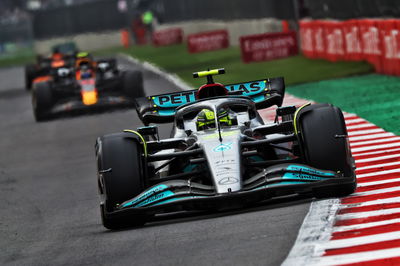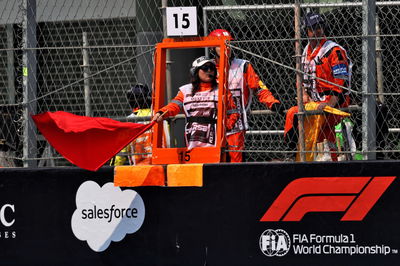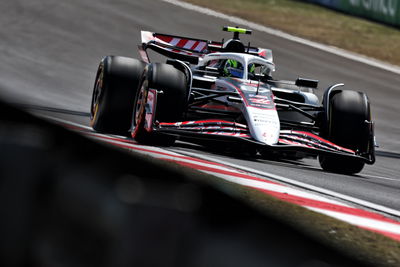James Vowles: His best and worst strategy decisions for Mercedes in F1
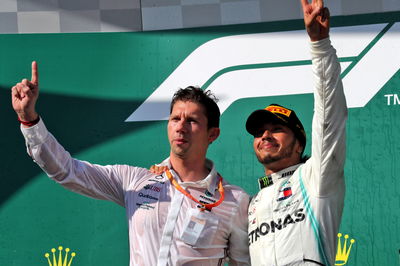
James Vowles has been Mercedes’ chief strategist since 2010, remaining with the Brackley team from their days as Brawn GP.
Vowles has played an integral role in Mercedes’ run of success during the V6 hybrid era.
As we reflect on his time with Mercedes, Crash.net has picked out some of his most memorable strategy decisions that often allowed Lewis Hamilton to win and ultimately take the title.
Some of his best…
Hungary 2019
On the surface, 2019 was a comfortable year for Hamilton and Mercedes, but there were a number of races where they faced stiff competition from either Max Verstappen or Charles Leclerc.
The 2019 Hungarian Grand Prix was one of them, particularly as Verstappen finally claimed his maiden pole position.
On course to take Red Bull’s second win of the year, Verstappen was running ahead of Hamilton.
With 22 laps to go, Mercedes converted Hamilton onto a two-stop strategy in a bid to overtake Verstappen, giving the seven-time champion a crucial tyre offset.
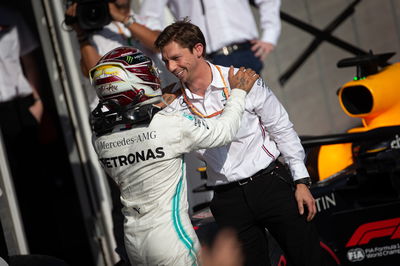
Even with 20 seconds to make up, Hamilton caught Verstappen and overtook him to win at the Hungaroring.
Vowles joined Hamilton on the podium after what can only be described as a strategic masterclass.
Mexico 2019
Mercedes’ decision to put Hamilton on a one-stop strategy was crucial in beating Leclerc and Sebastian Vettel to the win at the 2019 Mexican Grand Prix.
Leclerc was on pole position, but better tyre management, and a great strategy from Vowles, allowed Hamilton to get ahead of Leclerc before undercutting Vettel.
An underrated race for Mercedes.
Spain 2021
In similar fashion to Hungary 2019, Mercedes put Hamilton on a two-stop strategy after being unable to overtake Verstappen on track.
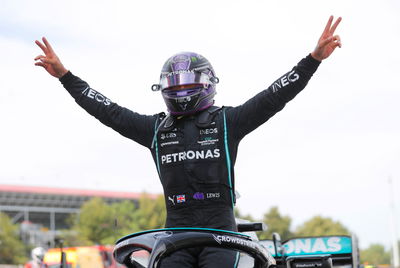
They left it as late as possible before calling Hamilton before catching and overtaking Verstappen to take his 98th career victory.
Mercedes had the quickest car on the day, but their strategy was once again spot on.
And his worst…
Austria 2018
A memorable Mercedes blunder was at the 2018 Austrian Grand Prix.
While the race did end with a double DNF for Hamilton and teammate Valtteri Bottas, it was a bad day for another reason.
Hamilton was leading the race at the Red Bull Ring when the Virtual Safety Car was deployed due to Bottas’ stoppage on Lap 15.
Mercedes didn’t decide to stop Hamilton, while Red Bull and Ferrari called their drivers in for fresh rubber.
When Hamilton did stop, he rejoined in fourth, behind Verstappen, Vettel and Kimi Raikkonen.
Vowles ultimately took responsibility over team radio.
"We made a mistake," Mercedes boss Toto Wolff said. "What I think happened is that we were running one and two and controlling the race and then suddenly you see your second car, Valtteri, stopping with a hydraulic leak.
"The VSC came out, we had half a lap to react, and we didn't. Fact. This is where we lost the race."
Hungary 2021
In what was one of the most memorable moments of the 2021 season, Hamilton was left on the grid by himself as the rest of the field fitted intermediates ahead of the restart following the chaotic events of Lap 1.
Hamilton was set for a comfortable afternoon with Verstappen well down the order with considerable car damage thanks to teammate Bottas.
Mercedes pit Hamilton a lap too late for slicks, dropping him to the back of the grid.
Hamilton could have still won the race had it not been for a defiant Fernando Alonso.
However, it was a day where Hamilton should have won the race by over a minute given who ultimately finished 1-2 on the day.
Netherlands, United States & Mexico City 2022
Perfect strategy decisions may not have resulted in race victories but there’s no doubt it would have given Verstappen and Red Bull more to think about.
On at least three occasions in 2022, sub-par choices on the pit wall cost Hamilton and Mercedes chances of grand prix victories.
At Zandvoort, Hamilton was leading ahead of George Russell, with Verstappen on new soft tyres.
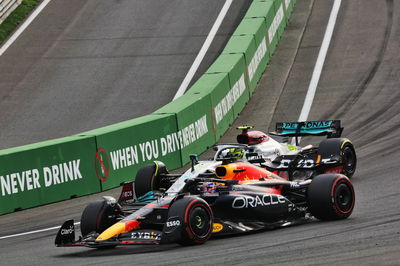
With a potential first win up for grabs, Mercedes could have kept both of their cars out in a bid to hold Verstappen back.
They didn’t and let Russell stop for softs, giving Verstappen a free run at Hamilton for the win.
Fast forward to the United States, Hamilton inherited the lead thanks to an 11-second stop for Verstappen.
Hamilton was put on the hard tyre, rather than the mediums, at his final stop, meaning he struggled to resist Verstappen’s fast charge at the end of the race.
Similarly in Mexico, the medium to hard strategy was simply the wrong one.
